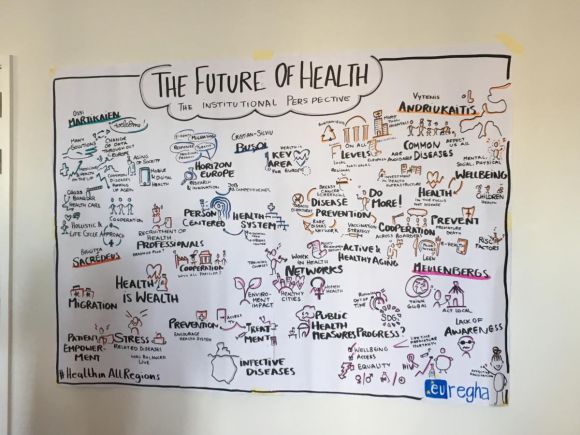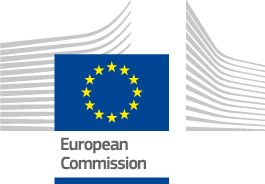
During the 2018 EU regions week, health officials and professionals came together to discuss the challenges and reforms for the future of health in Europe. Despite the fact that several European countries provide decent healthcare to its citizens (source:WHO), the EU still faces potential healthcare problems.
On the positive side, Europeans are now living longer than ever before. If we go back to 2002, the average EU person lived only until 77.7 years, which increased to 81 years in 2016. This proves that life expectancy has risen by almost four years! This is due to European Structural and Investment Funds (ESIF), which provides financial support to health projects in order to improve the accessibility of health care for all people across the EU, as well as delivering healthcare reforms.
If we look at the 2014 to 2020 EU budget, 41.7 million people in total benefit from improved health services due to the ESIF health investments.
Europe may be doing well in the health sector as opposed to some other continents but, there is still a lot of work to be done to improve the European healthcare before its 2030 deadline.
There are still many inequalities and problems which need to be addressed. The inequalities can be seen in different EU regions as the Scandinavian and Western European counties have fewer problems than the countries in Eastern Europe.
Infant mortality is another problem addressed during the 2018 EWRC health meeting. Looking at infant mortality, in 2016, the EU as a whole has had an average of 3.6 deaths per 1,000 live births. But, if we take a look at the individual countries, we can see that infant mortality varies. For example, Finland's mortality rate was much lower than in Ireland (1.9 deaths as opposed to 3.3). Countries with the highest infant mortality rates are Romania and Malta. This is one of the many examples of health inequalities in different parts of Europe.
Another issue which the European healthcare faces is the effects of anti-vaccinators, due to the breakout of measles and rubella in 2017 and 2018 across Europe. Over 14,000 cases were reported, mostly from Romania, Italy, Greece and Germany. Out of all measles’ cases reported, 87% of people who have known their vaccination status have been unvaccinated.
Vytenis Andriukaitis, the European Commissioner for Health and Food Safety told the audience of health professionals to “be health ambassadors.”
The new focus in health is shifting from health preventative to health promotion, as seen in regards to climate change. To educate people on living healthier lifestyles, especially now with the rise of obesity, if people have the right information and tools, future illnesses could be prevented.
With the sharp rise of obesity and the revival of diseases like measles and with only 12 years left before the EU’s next big 2030 health check-up, the European Commission is working hard with health organisations and professionals to come up with new reforms and solutions to improve health for all.
Written by: Maria Ward-Brennan, Ireland
Edited by: Bruna Tomsic, Croatia



